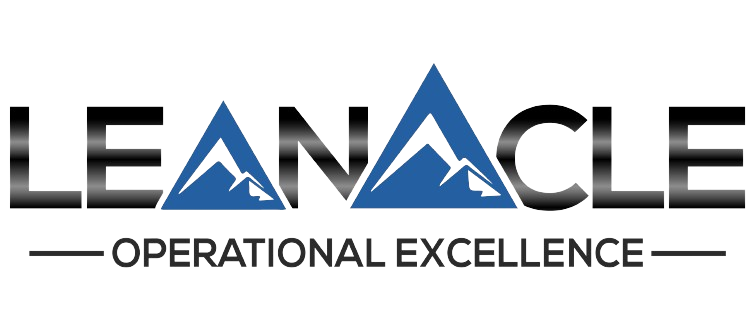For an SME automotive manufacturer striving to grow, launching new parts efficiently can be the difference between stagnation and success. This was the case for one of our clients, who aimed to expand their customer base but struggled with lengthy lead times for new part launches. By working together to streamline their processes, we helped them reduce lead time from 67 days to 53 days and increase their first-pass yield from 56% to 72%, enabling them to double their portfolio and onboard more customers.
“Growth isn’t just about taking on new work; it’s about optimizing the systems that support it.”
The Challenge: Bottlenecks in New Part Launch Processes
When we first assessed their processes, we identified several key bottlenecks that were causing delays in new part launches. Using value stream mapping to analyze their current state, we uncovered areas where basic business processes weren’t effectively supporting production goals:
- Teams were often misaligned, resulting in delays and unclear priorities for new part launches.
- Setters, responsible for machine setup, weren’t receiving timely feedback, leading to repeated adjustments and longer setup times.
- A lack of coordination created delays in handoffs and final product readiness, impacting overall timelines.
- New parts were not consistently prioritized for “first-offs”, causing unnecessary hold-ups in the release process.
One critical issue that emerged was insufficient training and documentation for new developers. Key programming methods for complex features weren’t documented, forcing newer developers to repeatedly reinvent solutions, which cost both time and efficiency.
“Improvement begins with uncovering the gaps you didn’t know were there.”
The Solution: A Methodical, Lean Approach to Problem-Solving
With these challenges highlighted, we took a systematic approach to resolve them. By focusing on clear communication and practical lean solutions, we were able to address each bottleneck:
1.We implemented a structured communication process to ensure that operations and planning teams were aligned on priorities for new part launches. This clarity reduced delays and improved workflow coordination.
2.We established a feedback loop so setters received timely input on machine adjustments, minimizing the time spent on repetitive adjustments and leading to smoother setups.
3. Improving Communication Between Production and Shipping: By creating scheduled check-ins between these departments, we reduced delays and improved coordination, making the transition from production to shipping faster and more efficient.
4. Prioritizing New Parts for First-Offs: New parts were consistently prioritized in production to minimize delays, enabling the company to quickly address quality and performance issues during initial runs.
5. Documenting Programming Methods for Training: To support new developers, we created a documentation system for complex programming techniques, ensuring that knowledge was shared and accessible. This allowed newer developers to ramp up quickly without losing time to redundant problem-solving.
“Efficiency doesn’t just save time—it enables growth by freeing up capacity for new opportunities.”
The Results: Reduced Lead Time, Improved Quality, and Increased Capacity
With these changes in place, the manufacturer saw a significant improvement in their lead time, reducing it from 67 days to 53 days from purchase order to shipment. Their first-pass yield improved from 56% to 72%, minimizing rework and enhancing the quality of their initial outputs.
These gains created a ripple effect on their ability to take on new customers. By streamlining new part launches, the manufacturer could expand their portfolio, doubling it within the year and confidently onboarding more clients.
The Takeaway: Efficient Processes Fuel Sustainable Growth
This success story shows the power of lean principles and clear communication in unlocking a company’s growth potential. By addressing bottlenecks and improving workflows, this SME manufacturer not only met their current production goals but also laid the groundwork for a future of steady expansion.
“Growth becomes sustainable when it is built on a foundation of optimized processes.”
Today, this SME manufacturer is better equipped to meet market demand, grow their portfolio, and bring new customers on board. Their story is a testament to how focused process improvement can open doors for expansion and provide a competitive edge in a demanding industry.
